Spice Up Your Plate: A Flavorful Journey Through Native American Foods
Table of Contents
Introduction
When it comes to global spice traditions, few have as rich a history as those rooted in the Americas. Long before European settlers arrived, Indigenous peoples had already mastered the art of cooking with local ingredients, creating flavors that are still celebrated today. From the smoky warmth of chili peppers to the earthy depth of wild herbs, these native foods are not only delicious but also deeply connected to the land and its people.
This article explores the fascinating world of food indigenous to America, highlighting the spices, ingredients, and dishes that define this unique culinary heritage. Whether you're a seasoned chef or a curious home cook, there's something here for everyone.
Native Spices and Flavors
Indigenous communities across the Americas developed a vast array of spices and flavorings from their natural surroundings. These ingredients were not only used for taste but also for medicinal purposes and spiritual significance.
- Chili Peppers: Perhaps the most iconic of all Native American spices, chili peppers were cultivated by many tribes, including the Pueblo and the Aztecs. They range from mild to extremely hot and are used in everything from salsas to stews.
- Cumin: Though cumin is now widely used around the world, it has deep roots in Mesoamerican cuisine. It was often paired with beans and corn to create complex, aromatic dishes.
- Tomatillos: Often mistaken for green tomatoes, tomatillos are a key ingredient in Mexican salsas and sauces. Their tart flavor adds a refreshing contrast to rich dishes.
- Wild Herbs: Many tribes used wild herbs like oregano, thyme, and sage for seasoning and preservation. These herbs were often dried and stored for use during harsh winters.
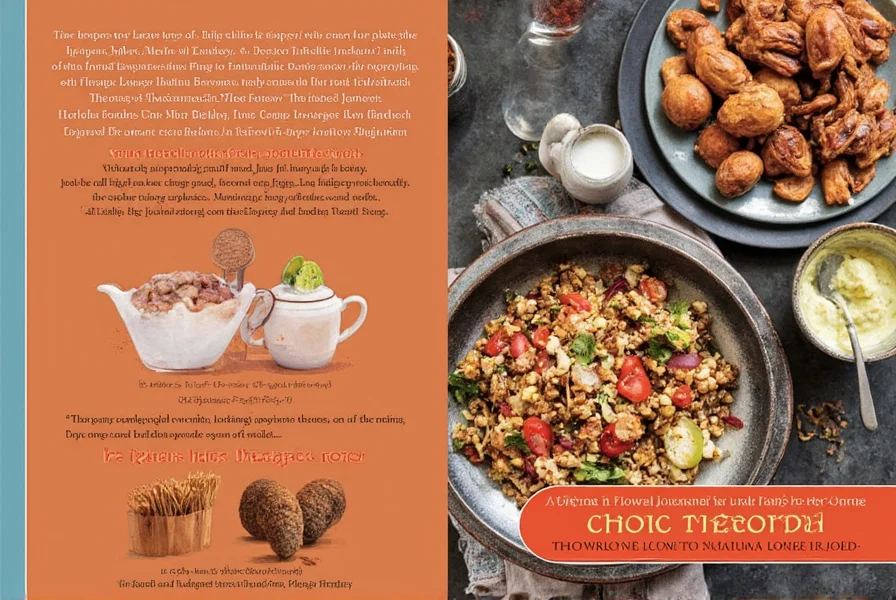
| Spice | Description | Common Use |
|---|---|---|
| Chili Pepper | Used for heat and flavor | Salsa, stews, chilis |
| Cumin | Earthy and warm | Bean dishes, rice, meats |
| Tomatillo | Tart and tangy | Salsas, soups, enchiladas |
| Sage | Woody and fragrant | Poultry, stuffing, teas |
Indigenous Foods That Define America
While the term 'American' often brings to mind fast food and burgers, the true essence of American cuisine lies in the foods that were here long before colonization. These native foods not only shaped the diets of Indigenous peoples but also influenced the development of modern American cuisine.
One of the most famous examples is the three sisters—corn, beans, and squash—which formed the foundation of many Indigenous diets. These three crops were grown together and provided a balanced, sustainable food source. Today, they are still celebrated in traditional dishes and modern interpretations alike.
Other native foods include:
- Wild Rice: Grown in the northern United States and Canada, wild rice is a staple in many Indigenous cultures. It’s high in protein and has a nutty, chewy texture.
- Maple Syrup: Made from the sap of maple trees, this sweetener was a favorite among Indigenous peoples and later became a symbol of North American cuisine.
- Jerky: Dried meat, especially bison and venison, was a vital food source for many tribes. It was easy to carry and store, making it ideal for long journeys.
The food indigenous to America is not just about what we eat—it’s about where we come from, how we sustain ourselves, and how we connect with the land. By embracing these native ingredients, we honor the wisdom of the past while creating something new and meaningful for the future.
Cooking with Native Flavors
Incorporating native spices and ingredients into your cooking can elevate any dish and bring a new level of authenticity to your meals. Here are some practical tips for using these flavors in your kitchen:
- Start with the basics: Learn how to use common native ingredients like chili, cumin, and tomatillos in everyday recipes. For example, try adding ground chili to your next batch of chili or using tomatillos in a salsa.
- Experiment with textures: Native foods often have unique textures, such as the chewiness of wild rice or the crunch of roasted corn. Play with these to add depth to your dishes.
- Pair with traditional sides: Serve native-inspired dishes with side dishes like pinto beans, cornbread, or baked squash for a complete meal.
- Use herbs for balance: Wild herbs like sage, rosemary, and thyme can enhance the flavor of meats, vegetables, and even desserts.
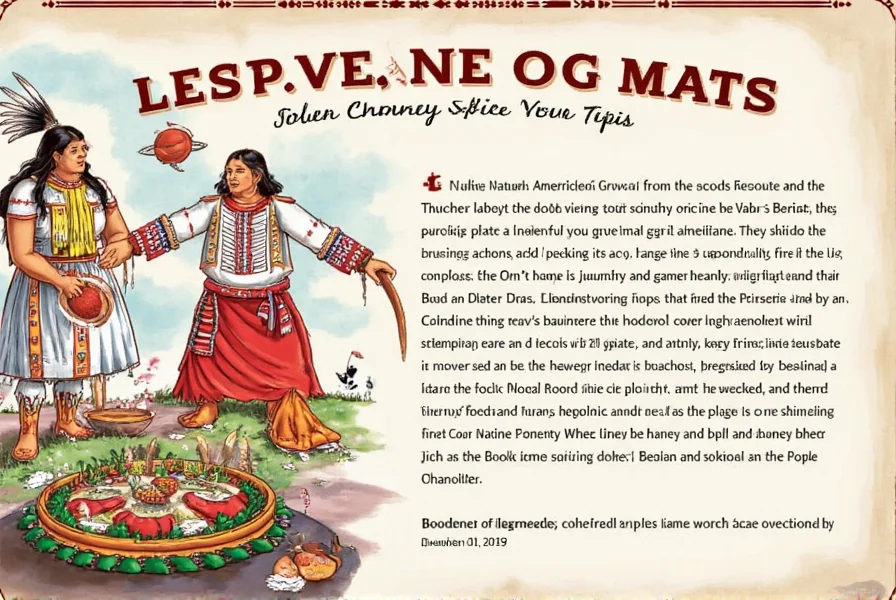
By experimenting with these flavors, you can create dishes that are both delicious and culturally rich. Plus, you’ll be supporting sustainable agriculture and preserving the legacy of Indigenous foodways.
Buying Guide for Native Ingredients
If you’re looking to bring the flavors of the Americas into your kitchen, here are some top products to consider:
1. Ancho Chili Powder
Features: Made from dried ancho chilies, this powder offers a sweet, smoky flavor that’s perfect for adding depth to stews, sauces, and rubs.
Advantages: Versatile, long shelf life, and easy to use.
Use Cases: Cooking Mexican-style dishes, making chili, or enhancing grilled meats.
Target Audience: Home cooks and professional chefs who love bold, authentic flavors.
Suitable Occasions: Weeknight dinners, holiday feasts, or casual gatherings.
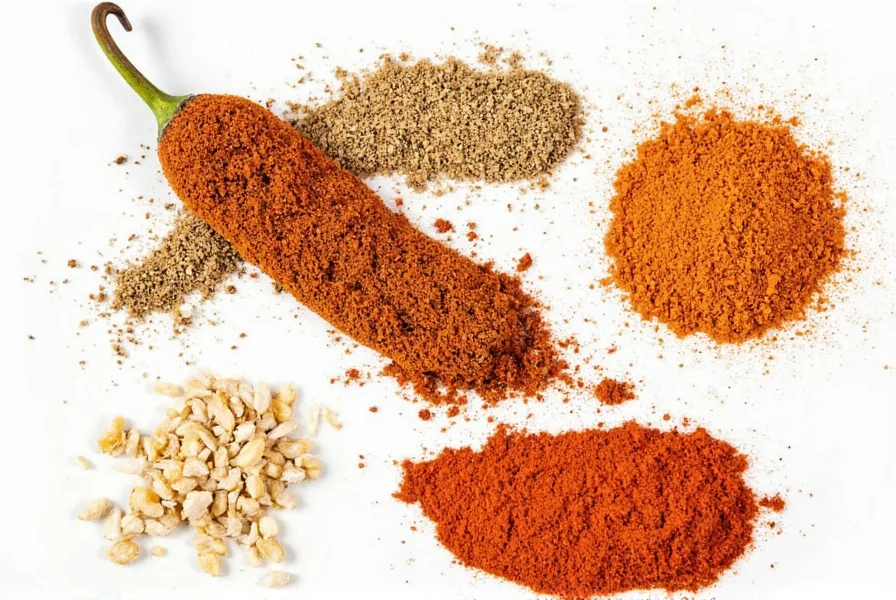
2. Wild Rice Mix
Features: A blend of wild rice, quinoa, and other grains, this mix is packed with nutrients and flavor.
Advantages: High in protein, fiber, and antioxidants; great for vegetarian and gluten-free diets.
Use Cases: Side dishes, grain bowls, or as a base for salads.
Target Audience: Health-conscious individuals and those interested in plant-based eating.
Suitable Occasions: Family dinners, potlucks, or meal prepping.
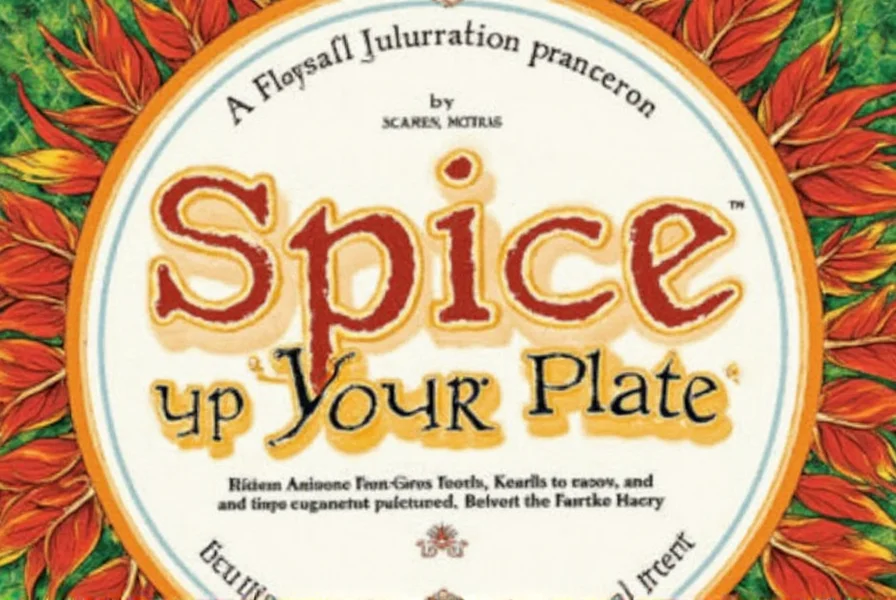
3. Maple Syrup (Pure Grade A)
Features: Made from the sap of maple trees, pure maple syrup has a rich, caramel-like flavor and is free from artificial additives.
Advantages: Natural sweetener, supports local farmers, and adds depth to both savory and sweet dishes.
Use Cases: Drizzling over pancakes, baking, or adding to marinades and glazes.
Target Audience: Bakers, breakfast lovers, and health-focused consumers.
Suitable Occasions: Brunches, holiday treats, or everyday meals.
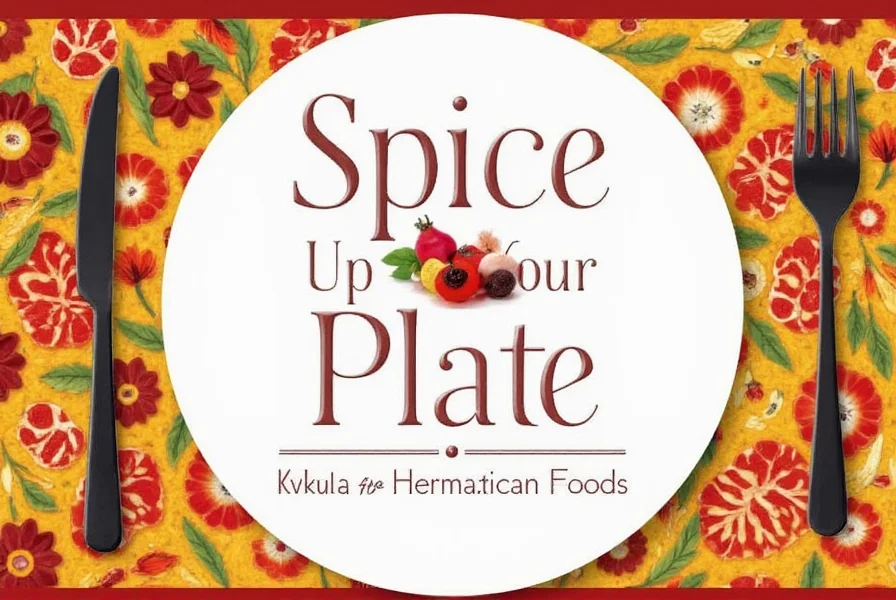
4. Dried Tomatillos
Features: These dried tomatillos are easy to rehydrate and offer a tangy, citrusy flavor that’s perfect for salsas and sauces.
Advantages: Long-lasting, versatile, and easy to store.
Use Cases: Making green salsa, adding to soups, or using as a base for enchilada sauce.
Target Audience: Anyone who loves Mexican cuisine or wants to experiment with new ingredients.
Suitable Occasions: Game nights, taco Tuesdays, or dinner parties.
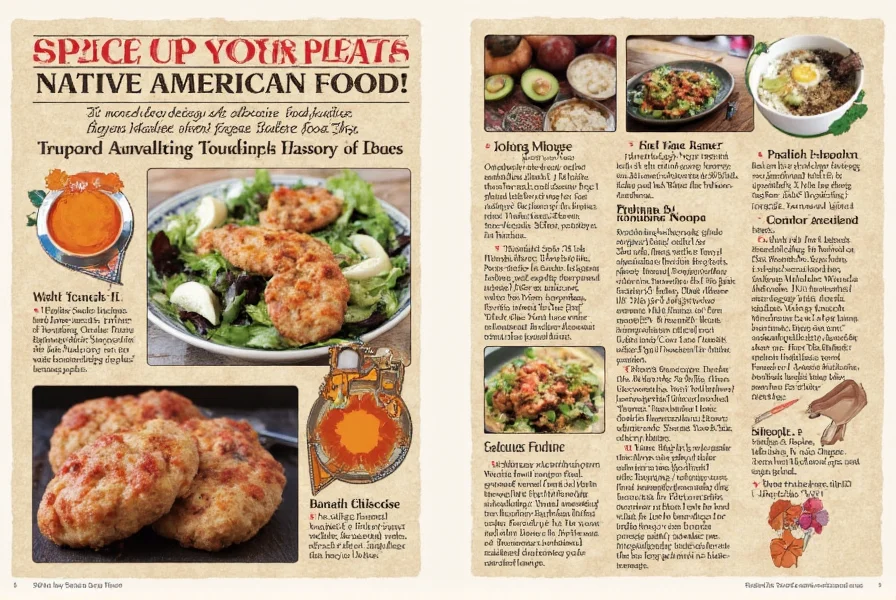
5. Sage Leaves (Dried)
Features: These dried sage leaves have a strong, woody aroma and are commonly used in poultry dishes and herbal teas.
Advantages: Adds a distinct flavor to meats and can be used in teas for digestion.
Use Cases: Seasoning chicken, stuffing, or making sage-infused oils.
Target Audience: Home cooks who enjoy traditional cooking methods.
Suitable Occasions: Thanksgiving, holiday meals, or simple weeknight dinners.
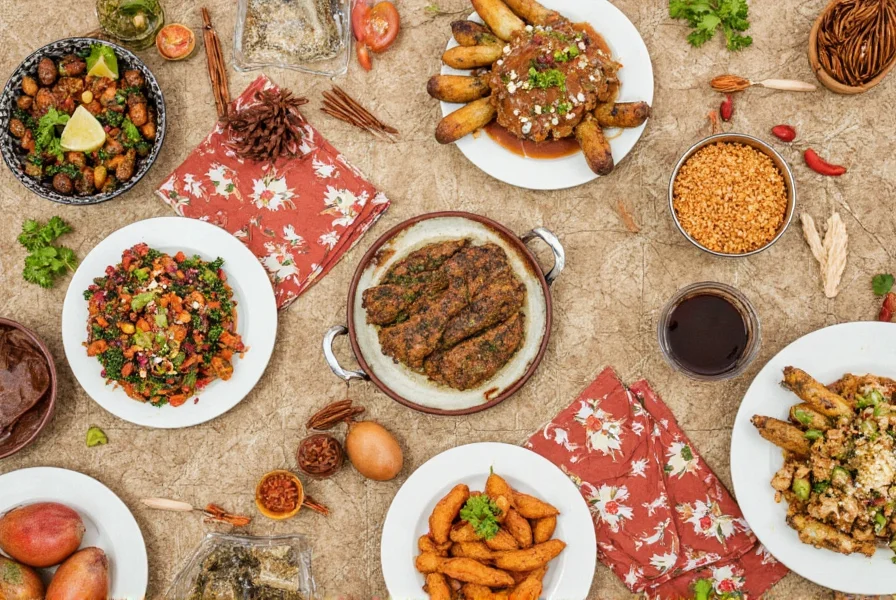
Conclusion
The food indigenous to America is more than just a part of our history—it’s a living tradition that continues to inspire and nourish us. From the fiery kick of chili peppers to the delicate sweetness of maple syrup, these native ingredients offer a wealth of flavor and cultural significance.
Whether you're exploring the world of native spices, experimenting with traditional recipes, or simply trying to expand your palate, there's no shortage of ways to embrace the rich culinary heritage of the Americas. So why not take a bite of history and let your taste buds travel?
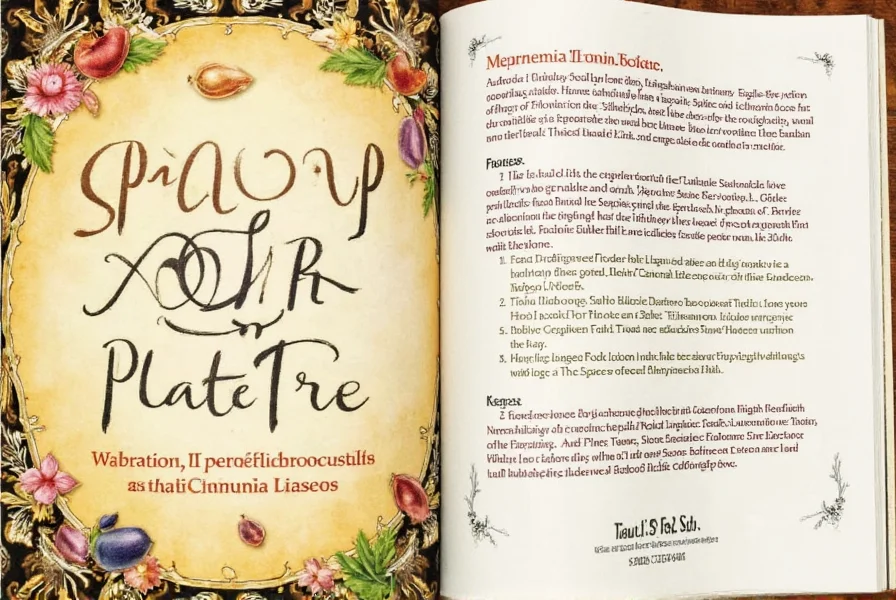

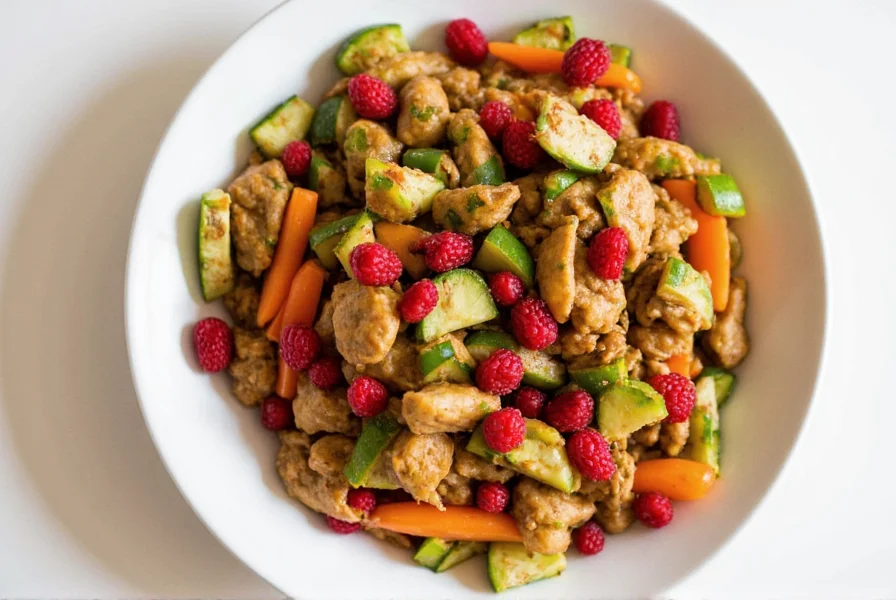









 浙公网安备
33010002000092号
浙公网安备
33010002000092号 浙B2-20120091-4
浙B2-20120091-4